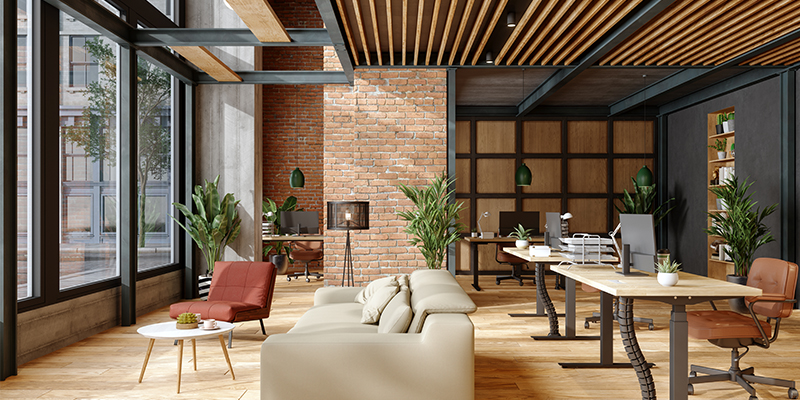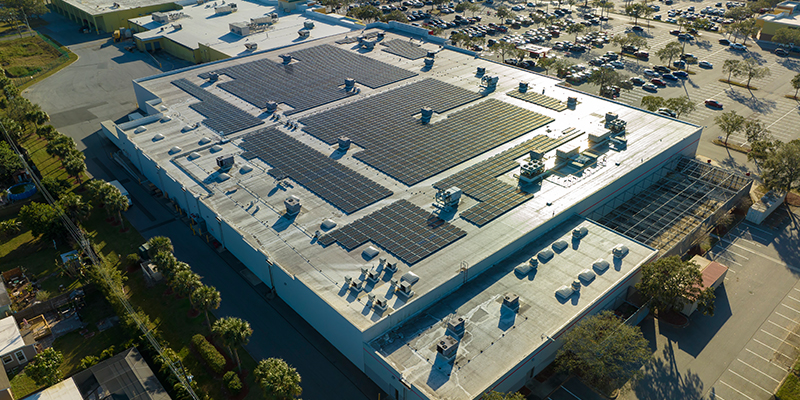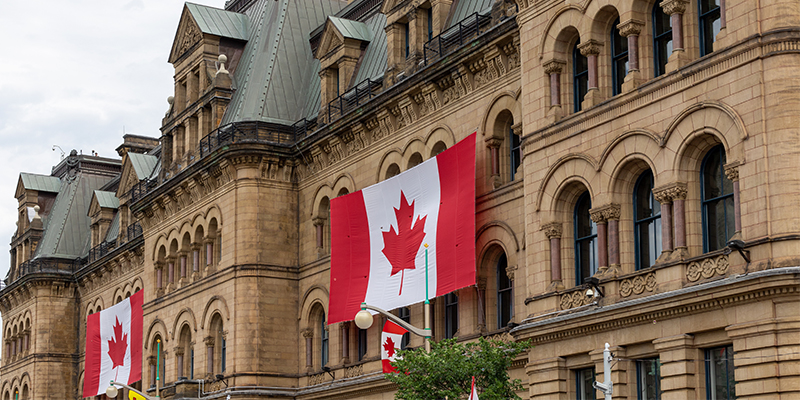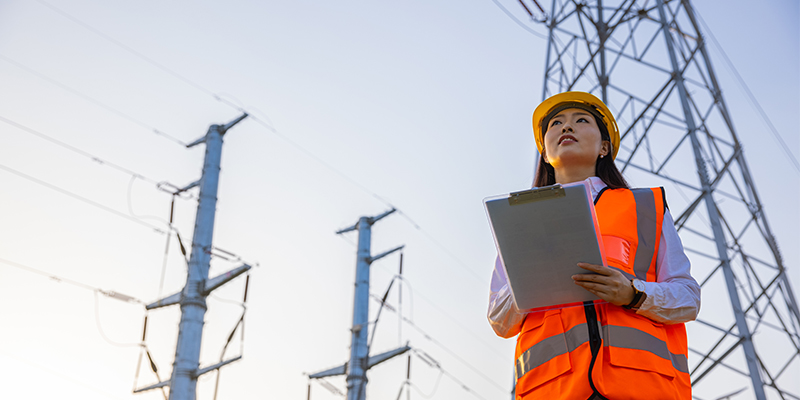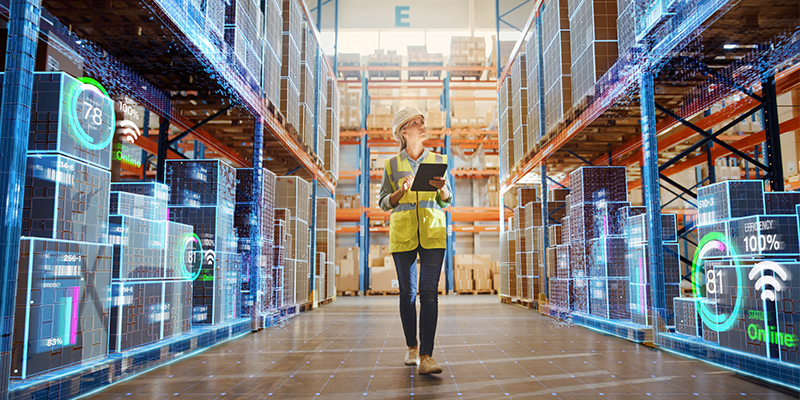As more and more Americans get vaccinated, the U.S. job market continues its recovery. The number of weekly unemployment claims continues to drop. Seasonally adjusted data released on June 3 by the U.S. Department of Labor showed that jobless claims fell below 400,000 for the first time since March 2020. In April, employment across office-using sectors of the economy was up 6.3% year-over-year. This modest percentage increase is good news, since April of last year marked the trough of the economic downswing brought on by the pandemic.
A recent national office report released by CommercialEdge tracked 120 metro markets in the U.S. and found that office-using jobs were added in as many as 24 major markets in the last year. The great majority of these – 20 out of the 24 – were in Texas and the Southeast, with Western markets capturing the rest of the growth across the sector, so far. Metro data analyzed by CommercialEdge also showed that, going forward, the Southeastern markets will be poised for a quicker post-pandemic recovery than other metros.
Meanwhile, office vacancy rates reached 16% across the top 50 U.S. office markets, following a 290 basis points increase year over year, according to the national May office report published by CommercialEdge. The analysis notes that, in part, the continued growth in office vacancy can be attributed to the millions of square feet of new office space that are still being delivered from projects already under construction prior to the onset of the pandemic. Additionally, existing office space vacancy is partly due to some leases having been left to expire, as businesses are still reviewing adjustments to their workforce strategy going forward.
Another cause worth considering for the continuous rise in vacancy are notable spikes in sublease space available across several large markets. CommercialEdge found that total available sublease space had more than doubled across 20 of the markets analyzed, with the largest increases recorded in Sacramento, California (420%); Boston (379%); and Raleigh-Durham, North Carolina (361%). This, however, has not deterred major investors. For instance, North Carolina’s Research Triangle Park is slated to become the home of a new Apple research and development facility, for which the tech giant has already launched recruiting. The new campus and engineering hub was presented as a commitment of more than $1 billion in total investments and is estimated to create as many as 3,000 future positions for talent across the Raleigh-Durham region.
Despite sustained increase in vacancy, office lease rates are also still rising. Across the top 50 U.S. markets, office rents rested at $38.32 per square foot in April, marking a 0.2% year-over-year increase. Individual market averages of full-service equivalent listing rates varied between $21 per square foot (Orlando, Florida) and $83 per square foot (Manhattan).
The largest 12-month rise in listing rates among the markets surveyed was recorded in Los Angeles — 6.5% higher year over year, with rents there averaging $40.65 per square foot in April. The second-best performance in terms of lease rate growth was recorded for Washington D.C., where average rates rested at $42.22 per square foot — up 4.8% compared to the previous year. Boston came in a close third, with average listing rates here increasing 4.1% over 12 months and averaging $34.42 per square foot at the start of Q2 2021.
The Boston office market also stands out for its massive appeal to biotech firms, as well as R&D office developers and investors. As pharmaceutical, biotech and other medical research fields are booming, but are not compatible with remote work, the pandemic has resulted in a real estate scramble to accommodate them. Last fall, biotech firm CRISPR Therapeutics announced it would be leasing 263,500 square feet at “The 105” in downtown Boston. Across the river, pharmaceutical giant Bristol Myers Squibb announced plans to lease 360,000 square feet in a building under construction at Cambridge Crossing, where it would consolidate its two Cambridge research-and-development facilities when the new project opens for business in 2023. Increased demand for life science space has also spurred new development. Mark Goodman & Associates recently announced plans to build 500,000-square-foot life science lab in Fulton Market at 400 N. Elizabeth Street; the $200 million development would yield a 19-story building that would be among the largest labs in the city.
Development of new office space continues across all major markets, with 20 million square feet of new office space already delivered since the start of the year, out of a total 75 million square feet forecasted for completion by year-end. Including deliveries scheduled beyond 2021, a total of roughly 162 million square feet of stock is under construction, 115 million of which pertains to projects located in urban submarkets. As the effects of the pandemic are likely to reverberate in market adjustments to new office space characteristics and demands, yearly stock deliveries are expected to taper off through 2025, following an estimated 50 million square feet of completions per year in 2022 and 2023.

